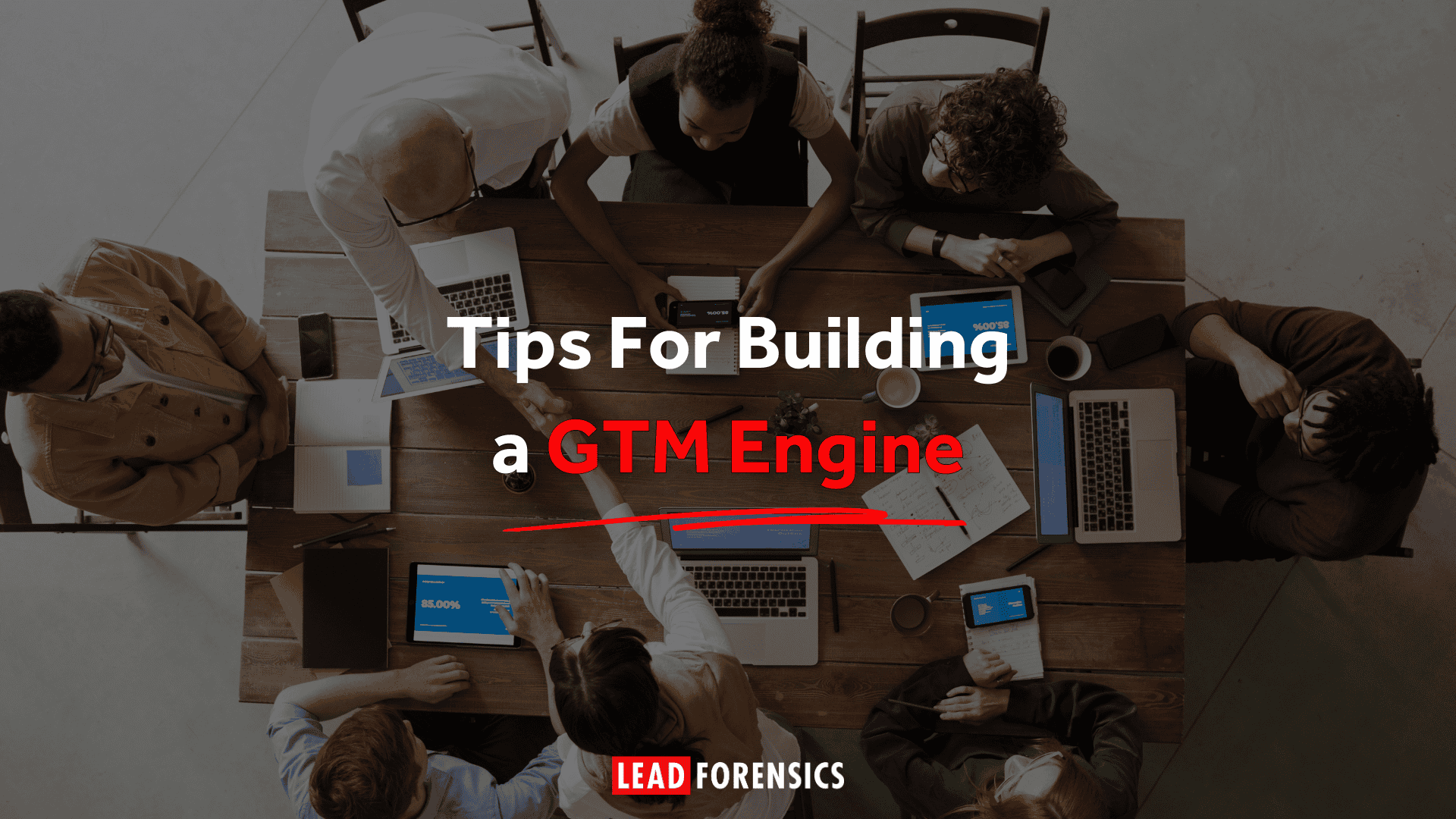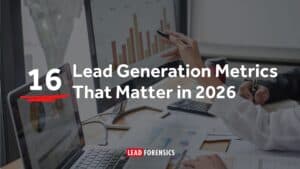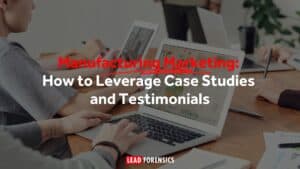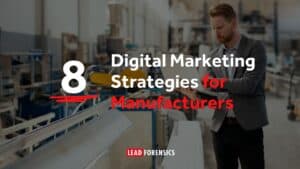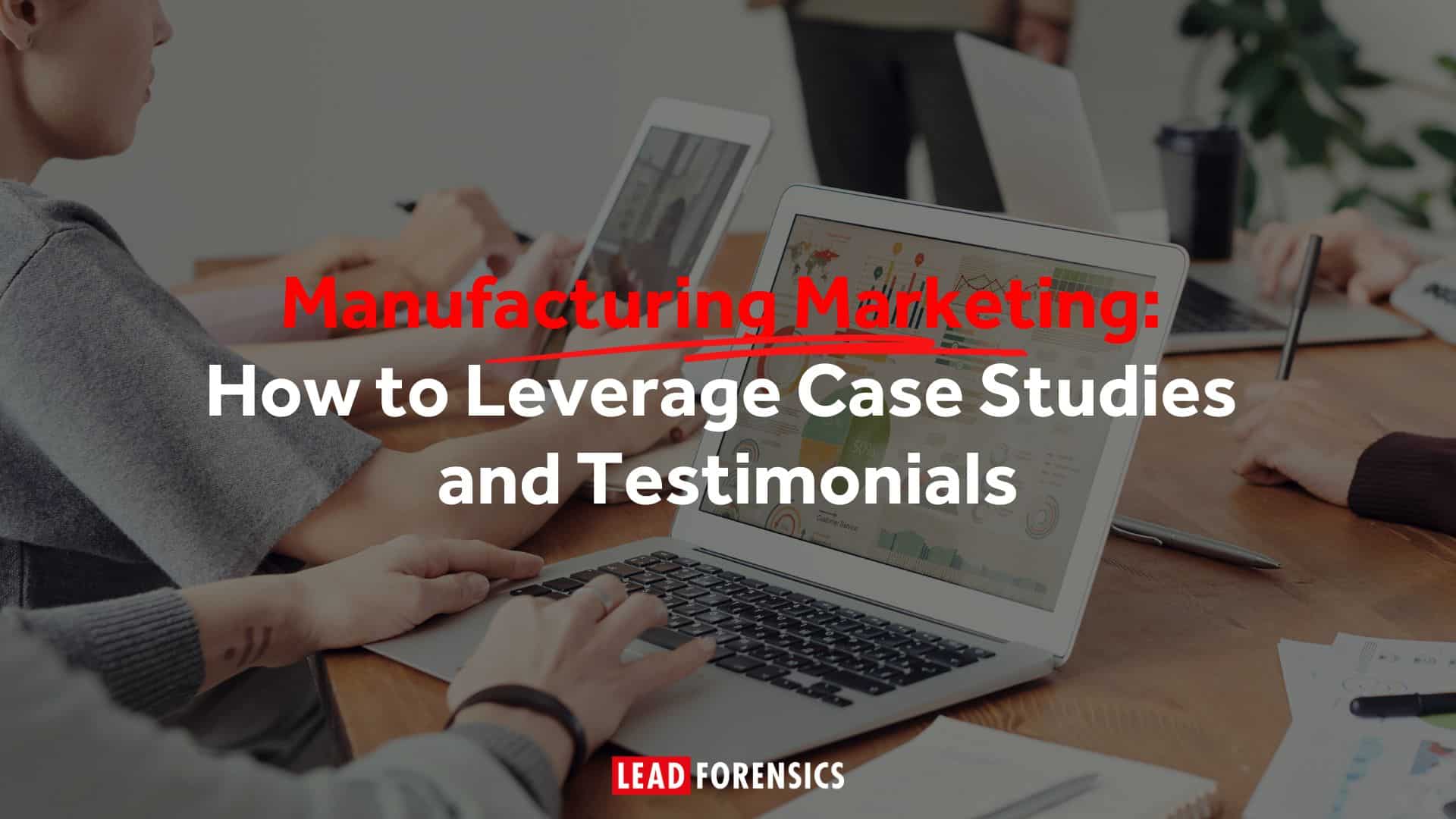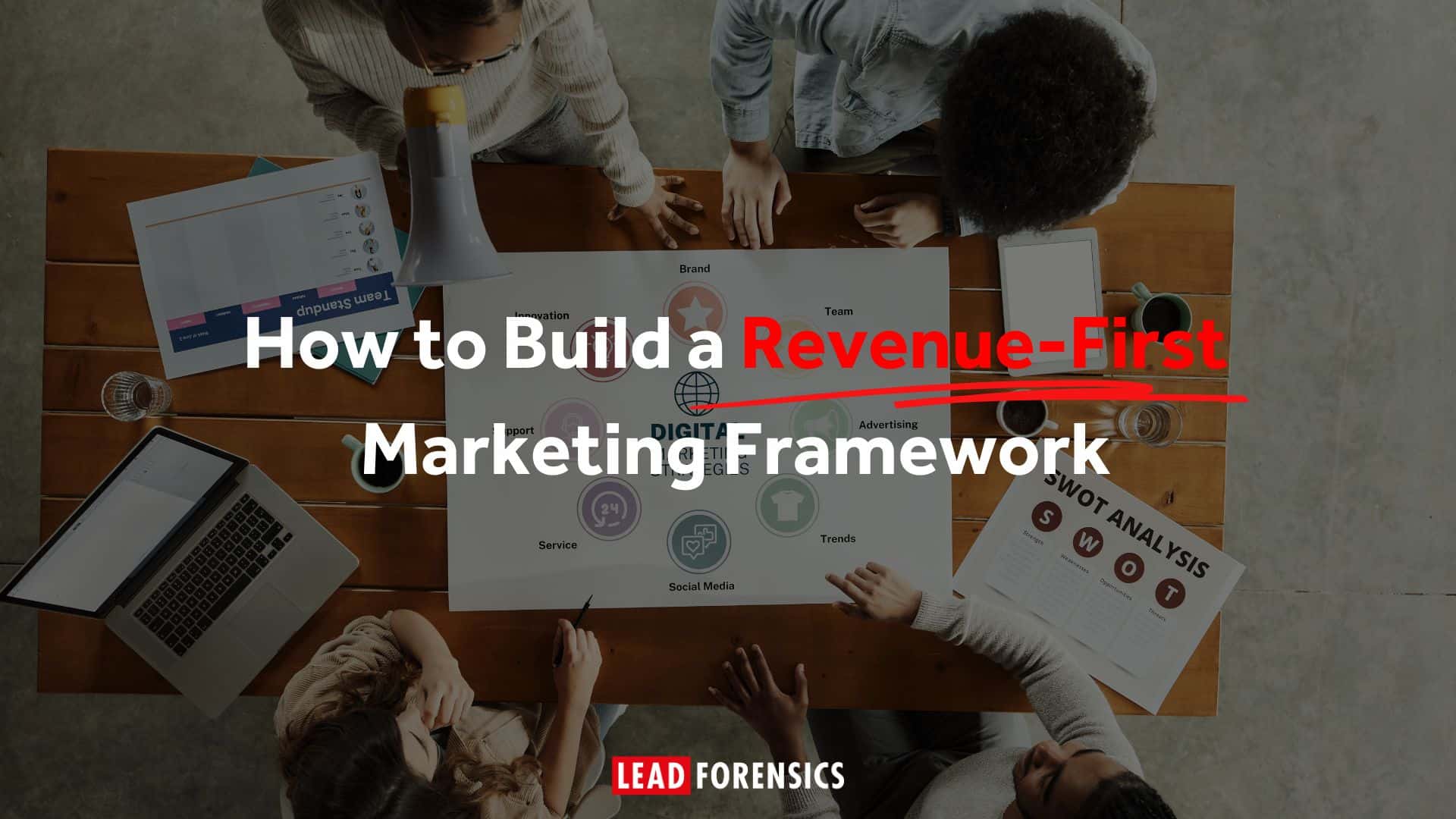Buyers are arriving at the table better informed, CFOs are scrutinizing every marketing dollar, and AI is reshaping how we plan and execute campaigns.
In this environment, building a resilient go-to-market (GTM) engine is no longer optional.
That’s why we invited Fabrice Etienne, CMO of JobAdder, to share how he built a GTM engine. In our recent webinar, he discussed how he’s transforming his organization to thrive in 2026—and why marketing leaders need to think differently about precision, accountability, and customer experience.
From Mass Personalization to Precision at Scale
If there’s one theme shaping 2026, it’s precision, Fabrice urged.
For years, marketers have chased “personalization at scale,” but he believes we’re entering a new phase: intent-driven precision, powered by AI.
“It’s moving from mass personalization to intent-driven precision, with precision at scale,” he explained. “And it’s going to be guided more and more by AI… gone are the days of the Google search. Welcome to AI, and to an even more informed buyer.”
No matter what GTM model you choose, B2B buyers now expect a tailored experience at every stage of the journey. Thanks to AI-powered research tools, they’re arriving with unprecedented knowledge about vendors, products, and competitors. The buying cycle may actually shorten as prospects need less time to gather information, but expectations for relevance and value will skyrocket.
Accountability: Every Dollar Must Count
Fabrice was clear that financial accountability is non-negotiable. “Every dollar has to line up now more than ever,” he said.
In B2C, there was once room for brand-building experiments with fuzzy ROI. But in B2B today, every cent must be linked to pipeline and revenue impact.
That means marketing leaders need airtight dashboards, clear KPIs, and the discipline to cut underperforming tactics fast.
At JobAdder, Fabrice focuses on pipeline sourced by segment and region, customer acquisition cost by channel, sales velocity, and churn.
“Technology can really show you every single part of that dollar… and how you’re affecting the pipeline,” he said.
Breaking Down Silos with a Unified GTM Organisation
One of the biggest changes Fabrice has implemented is moving SDRs into marketing and creating a single GTM organisation that spans marketing, sales, and customer success.
“The SDR is your first buyer experience,” he explained. “If you see a disconnect between what they’re saying on the phone and what prospects see on other channels, that’s where it gets lost. Bringing them into marketing ensures the tightest message possible.”
Instead of separate departmental OKRs, JobAdder now has shared GTM OKRs, aligning every function behind a single revenue goal.
As Fabrice put it: “MQLs and SQLs can become vanity metrics. At the end of the day, it’s still my job if we’re not making the revenue numbers.”
This shift has also encouraged ongoing forecasting and agile adjustments. With real-time campaign data, the team can quickly identify bottlenecks in the pipeline, cut what isn’t working, and double down on what is.
Balancing AI and Human Craft
AI has become integral to JobAdder’s GTM engine, but not as a replacement for human marketers.
“AI gets us to the data faster. It gives us the research and insights so we can be more powerful in our outreach,” Fabrice said.
In practice, JobAdder uses AI to:
- Automate content repurposing, turning long reports into digestible assets in hours instead of days.
- Support SDRs by pre-qualifying inbound leads, collecting necessary data before handover.
- Analyse campaign performance to accelerate decision-making.
But the human element remains essential.
“It’s a balance. AI frees up time for us to do the powerful stuff: strategic thinking, customer conversations, and deeper market understanding.”
Global Strategy, Local Relevance
With teams in Australia, the UK, and soon the US, JobAdder faces the challenge of executing a global GTM strategy while staying locally relevant. Fabrice draws on his international experience to strike that balance.
“We’ve got a global North Star,” he explained, “but you have to recognise local affinities and cultural differences if you want buyers to relate to you. Otherwise, you come across as an arrogant brand that doesn’t understand the market you’re entering.”
Local field marketers play a key role, partnering with sales to adapt campaigns and messaging for their regions. This flexibility ensures consistency without losing cultural nuance.
Events: From Mega-Conferences to Micro Moments
Events remain core to JobAdder’s mix, but the approach has changed since COVID. The company now uses a portfolio strategy:
- Large conferences for top-of-funnel awareness.
- Micro-events and partner activities for deeper engagement and conversion.
“You have to be really clear with the organisation why you’re doing an event,” Fabrice stressed. “Is it a brand play, a pipeline play, or a customer play? Define the KPI first, and you won’t have awkward discussions with your CFO afterwards.”
This clarity allows the team to measure impact and reallocate spend quickly, ensuring events earn their place in the funnel.
The Overlooked Power of Customer Marketing
While acquisition often dominates GTM conversations, Fabrice is betting big on customer marketing.
JobAdder has launched customer advisory boards in APAC and the UK, giving select clients a voice in shaping the roadmap and strengthening long-term loyalty.
Delight moments also matter; celebrating milestones like a client’s 1,000th placement or contract anniversary reinforces relationships and brand stickiness.
“Think of the little box of chocolates on your hotel pillow,” Fabrice noted. “Small touches make you memorable.”
Brand, PR, and Advocacy
Fabrice is also determined not to neglect brand and PR.
“It costs us a lot to produce thought leadership,” he explained. “PR helps elevate that content beyond our database and into the publications that influence our buyers.”
To extend reach further, JobAdder has introduced employee advocacy tools that make it easy for staff to share pre-prepared content on LinkedIn. This strengthens both the corporate brand and individual thought leadership.
Start Where Friction is Greatest
Fabrice closed with practical advice for first-time CMOs planning their 2026 GTM strategy:
“Start with the hardest point in your buyer journey. Where’s the most friction? If you fix that, you can open the floodgates to conversion. It’s better to focus energy there than try to fill the top of the funnel when you’ve got a leaky bucket.”
And one word of warning: avoid jargon. “The buzzword I’d ban is ‘omnichannel.’ It’s lazy. It’s not omnichannel; it’s a buyer-driven experience. Be where the buyer wants to be.”
Get Greater Insight from the Right Tools
As Fabrice highlighted, building a successful GTM engine means combining precision, accountability, and customer focus. But none of that matters if you’re still blind to the 98% of website visitors who don’t convert.
Lead generation software like Lead Forensics turns anonymous traffic into identifiable, in-market accounts. This gives your marketing team clarity on which campaigns are resonating, helps SDRs to prioritize the warmest opportunities, and allows leadership to prove the direct link between activity and revenue.
Ready to plug the biggest leak in your GTM engine? Book a demo to see how Lead Forensics can help you start building a GTM engine that converts interest into measurable growth.


